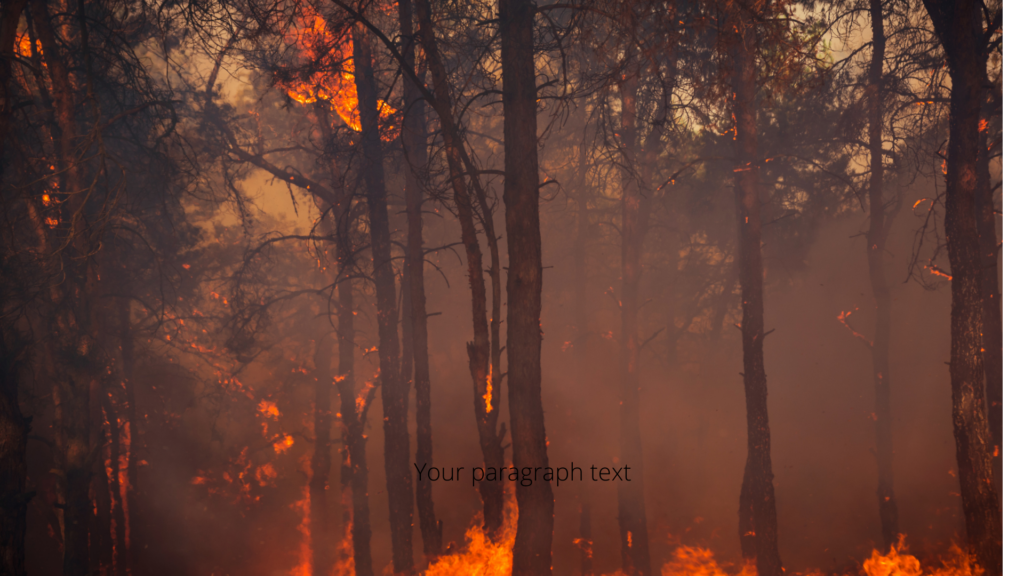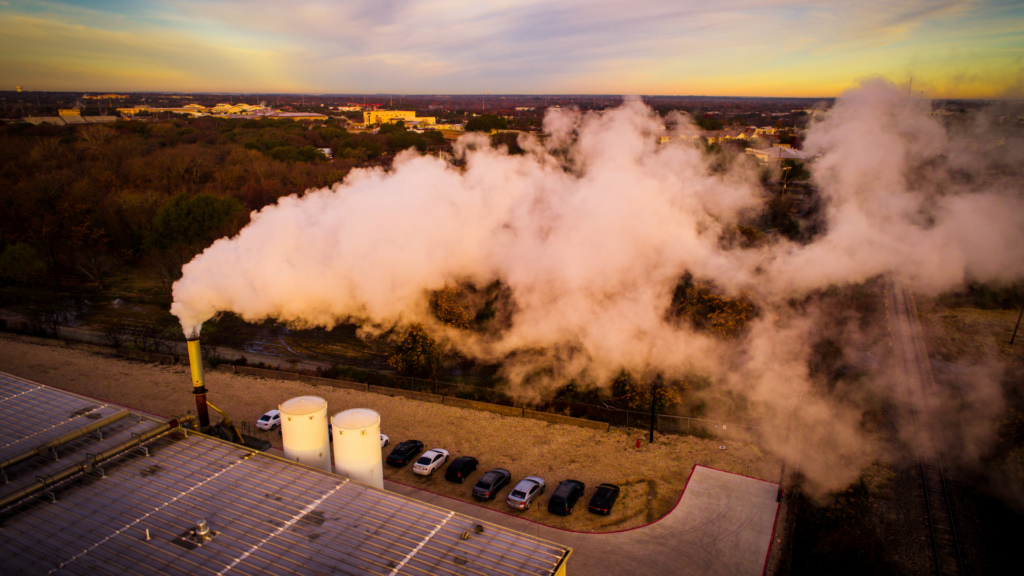Last Updated on 16/01/2022 by tdh.us.hrdk
The meat industry may be growing but the cost of such growth affects some other factors that are necessary for environmental protection. Livestock farming, often known as industrial meat, relies heavily on land to generate meat for further processing. As a result, there is deforestation and animal suffering. The rise of the vegan lifestyle is slowly increasing throughout the world which will result in the conservation of animals and nature at large.
General Overview of the meat industry
1 Meat – or more specifically, ‘industrial meat’ – is bad for the planet.
2 The industrial meat system requires a huge amount of land to sustain itself.
3 Forests, particularly in South America, are deliberately slashed and burned every year to graze cattle and grow enough crops to feed billions of farmed animals.
This leads to deforestation and Forest Fires

1 Industrial meat is the single biggest cause of deforestation globally.
2 In Brazil, farmers are deliberately setting forest fires – like the Amazon rainforest fires you may have seen in the news – to clear space for cattle ranching and to foster industrial animal feed for farms such as Soya, in United Kingdom.
3 Forest fires are set deliberately to clear land for grazing or to grow huge volumes of animal feed.
4 95% of UK chicken is produced in industrial farms
5 Every day, about three million chickens are devoured in the United Kingdom.
6 The amount of globally needed agricultural land would be reduced by almost half if no beef or mutton would be eaten.
7 Global meat consumption is expected to double between 2000 and 2050, owing primarily to rising global population, but also to rising per capita meat consumption (with much of the per capita consumption increase occurring in the developing world).
8 Global production and consumption of poultry meat have recently been growing at more than 5 percent annually.[15] Meat consumption typically increases as people and countries get richer.
9 There is a strong positive relationship between meat consumption per capita and gross domestic product (GDP) per capita.
10 “The richest Western countries consume more than 220 pounds of meat per person per year, while the poorest African countries consume less than 22 pounds.”
11 The trends in the livestock industry differ. For example, worldwide per capita pork consumption has lately grown (nearly exclusively owing to increases in consumption within China), whilst global per capita ruminant meat consumption has been dropping.
12 In comparison with grazing, intensive livestock production requires large quantities of harvested feed, this overproduction of feed can also hold negative effects
Causes climate change
1 Meat has a massive climate impact, almost equaling all of the driving and flying of every car, truck, and plane on the planet.
2 When forests are cut down to make industrial beef, billions of tonnes of carbon dioxide are pumped into the atmosphere, speeding up global warming.
3 Fallen trees are frequently left to decompose on the forest floor or burned, resulting in further emissions.
4 The ability of trees to absorb carbon from the atmosphere is dependent on their health. They can no longer assist us in the fight against climate change if we cut them down.
Bringing Amazon rainforest closer to a tipping point
1 The Amazon may approach a ‘tipping point,’ when it can no longer maintain itself as a rainforest, if deforestation (for items like industrial beef) continues at its current rate.
2 It may also result in less rain, hurting drinking water and irrigation across most of South America.
Responsible for human rights abuses and land-grabbing
1 security force working for soya producer Agronegócio Estrondo harassed, detained, abducted, and shot members of the traditional geraizeira communities.
2 President Bolsonaro and his government tacitly encourage illegal loggers, miners, and farmers to occupy Indigenous lands, by rolling back historic regulations and trying to legalize land-grabbing for producing meat and food for feeding meat-producing animals
killing wildlife

1 The industrial meat business contributes to the extinction of thousands of species by cutting forests, destroying habitats, and using harmful pesticides to generate animal food.
2 The rapid loss of biodiversity, largely driven by industrial farming, could be as big a threat to our existence as climate change.
3 Jaguars are dying out, having lost nearly 38% of their habitat in Brazil
Increasing the risk of future pandemics like coronavirus
1 The risk is higher for industrial meat farms because huge numbers of animals are crammed into small spaces, and the animals themselves have weaker immune systems.
2 viruses can develop more rapidly and have the potential to pass to humans.
3 When forests are cut down and burned, wildlife comes into closer contact with humans, allowing dangerous illnesses to spread from animals to humans.
Meat is an inefficient way to eat
1 Just 1kg of chicken meat takes 3.2kg of crops to produce.
2 If everyone ate a plant-based diet, we’d need 75% less farmland than we use today
3 an area equivalent to the US, China, Europe, and Australia combined
4 In countries like the UK, we need to be eating 70% less meat and dairy by 2030 to prevent climate breakdown
5 We could feed more people – with all the calories and nutrition they need for a balanced diet — without damaging forests if we ate predominantly plant-based foods.
Supermarkets accelerating the growth of meat-based food markets
1 Supermarkets, such as Tesco, play an important role in setting customer demand through advertising, price reductions, and special offers.
2 According to the Greenpeace accord, meat-selling supermarkets must cut their meat sales in half by 2025, and eventually phase out all industrial meat.
Food Types Land Use (m2year per 100g protein)
1 Lamb and mutton 185
2 Beef 164
3 Cheese 41
4 Pork 11
5 Poultry 7.1
6 Eggs 5.7
7 Farmed fish 3.7
8 Groundnuts 3.5
9 Peas 3.4
10 Tofu 2.2
How the meat industry impacts water availability
1 Crops that feed cattle consume over a third of the water consumed in the western United States.
2 This is despite the fact that the amount of extracted surface and groundwater utilised for crop irrigation in the United States exceeds the amount used for livestock by around a 60:1 ratio.
3 Irrigation uses around 37% of the freshwater in the United States, and groundwater contributes about 42% of irrigation water.
Greenhouse gas emissions

1 The FAO recently estimated that livestock (including poultry) accounts for around 14.5 percent of anthropogenic greenhouse gas emissions measured in 100-year CO2 equivalents on a worldwide basis.
2 Emissions linked with the production of feed consumed by cattle, as well as carbon dioxide emissions from deforestation in Central and South America, are indirect effects that contribute to the percentage.
3 A shift to a more plant-based diet is also expected to enhance health, which could result in lower healthcare GHG emissions, which now account for 8% of total US emissions.
4 According to the IPCC, methane accounts for 32 to 40% of agriculture’s greenhouse gas emissions (measured in 100-year carbon dioxide equivalents).
5 This type of production chain produces copious byproducts; endotoxin, hydrogen sulfide, ammonia, and particulate matter (PM), such as dust, are all released along with the aforementioned methane and CO2
6 concentrated animal feeding operations (CAFOs) in close proximity to residential areas have a negative impact on these individuals’ respiratory health, similar to the farmers.
7 According to USDA data, raising food-producing animals and poultry accounts for around 0.9 percent of total energy use in the United States.
8 The ability of an animal to turn feed into meat is measured by its Feed Conversion Ratio. The Feed Conversion Ratio (FCR) is computed by dividing the feed’s calorie, protein, or mass input by the amount of meat the animal produces.
9 Because a lower FCR corresponds to a lower feed demand per pound of meat produced, the animal emits fewer GHGs.
10 When compared to ruminants, chickens and pigs have a lower FCR.
11 Meat production’s energy use, emissions, and other environmental implications are influenced by intensification and other changes in the livestock industries.
Conclusion
The statistics given above will be crucial in raising awareness about the meat industry’s negative effects. Meat consumption can be reduced while experimenting with a new vegan or vegetarian lifestyle. This, too, offers numerous advantages for both the body and the environment.










